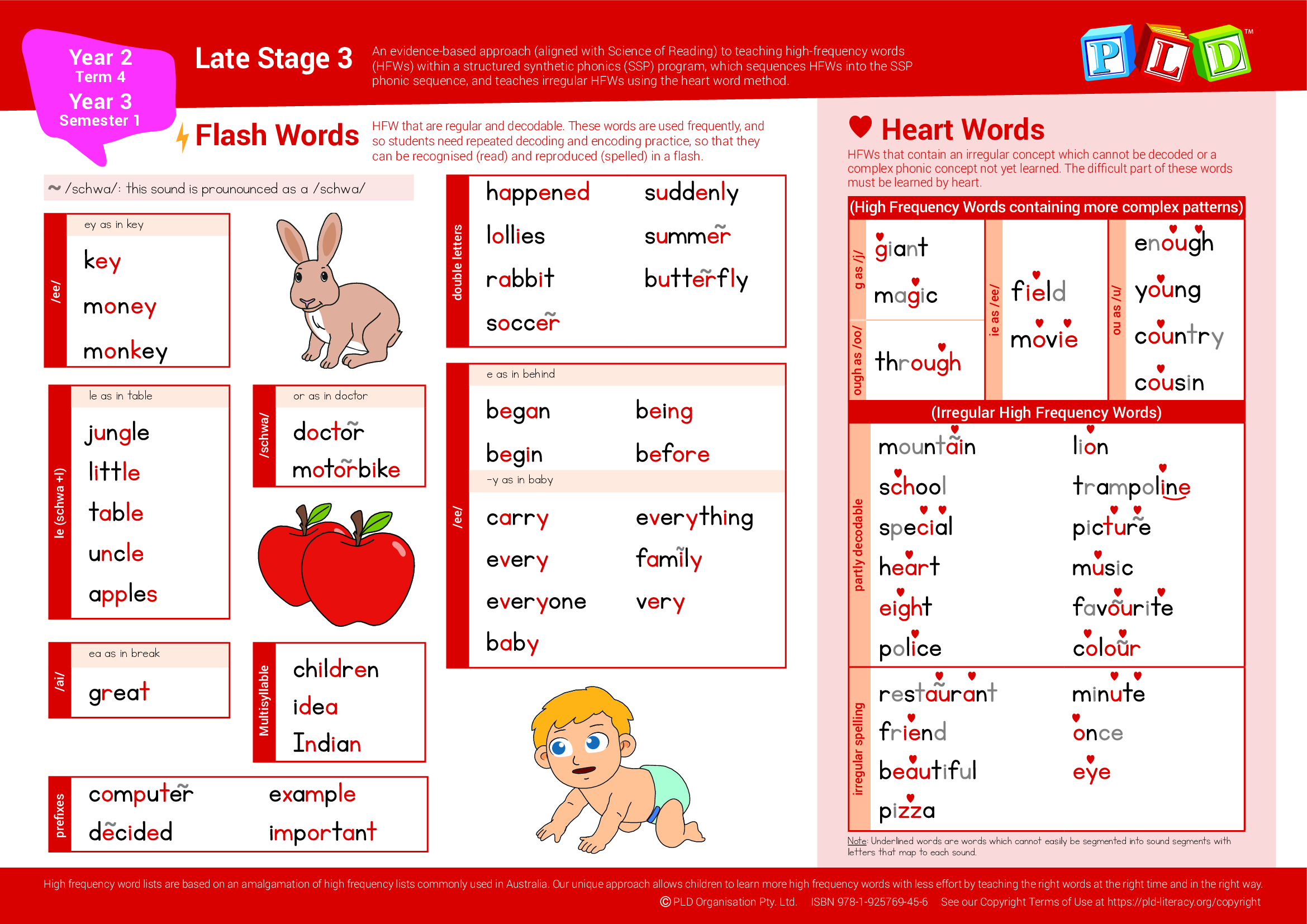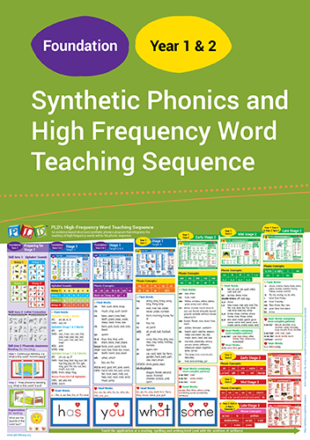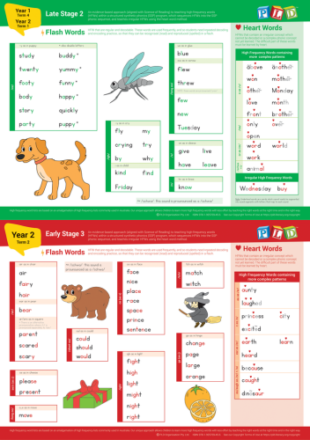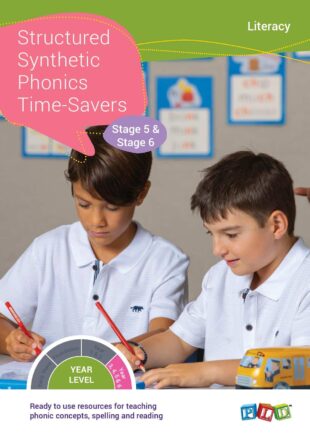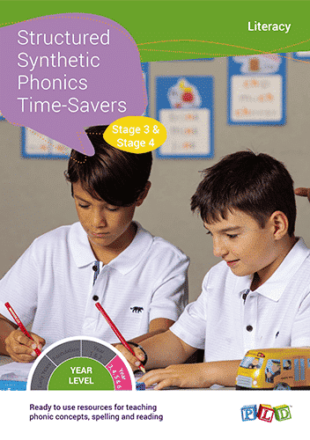From Year 3 – Phonics & High Frequency Words
 Year Level:
Year Level: Years 3 to 6
Following an extensive literature review, PLD has upgraded our approach to high frequency words (HFW). In a recent blog, a range of tips were provided to remove the confusion that surrounds sight words. Since that point, we have developed our approach further. Our 2020 approach to HFW tackles three commonly encountered issues:
- Teaching HFW in the order of frequency is important, however, the complexity and the composition of the words require a greater level of consideration for an early literacy learner.
- Applying a set of HFW to a year level (e.g. The first 100 words in Foundation, the second 100 in Year 1 etc) does not take into account the developmental level that students are operating at, and which HFW match the class’s phonic and phonemic awareness knowledge.
- The existing evidence-base consistently argues for HFW to be presented within an SSP program. Although this is repeatedly stated, it is unclear how the amalgamation of phonics and HFW should actually occur.
It is in direct response to issues such as these, that we at PLD embarked on the following process:
- Rather than focusing upon individual HFW lists, we amalgamated the words that occurred within a range of HFW lists commonly used within Australia.
- With the expanded HFW list, we organised the words not on the basis of frequency of occurrence, but in terms of their location within PLD’s SSP progression.
- The remaining irregular HFW or complex words (with sophisticated or advanced phonic concepts) were clustered according to spelling patterns and frequency of occurrence.
- All words were colour coded to illustrate the relationship between the sound and phonic structure.
For more information on the development of this resource, continue reading rethinking High Frequency Words within PLD’s Structured Synthetic Phonics program. Click on the links below to download the other High Frequency Words within SSP Charts:
Foundation Downloadable Charts
Year 1 Downloadable Charts
Year 2 Downloadable Charts
Year 3+ Downloadable Charts
Download all 7 charts in one PDF
HFW Overview Charts
Screening the Reading and Spelling of HFW’s
Review semester 2 reading and spelling irregular high frequency word knowledge through the presentation of the screen outlined in the Year 3, 4, 5 & 6 Screening & Tracking Manual. This check is optional and could be presented in Week 10 of Term 2 & 4.
See our Copyright Terms of Use at https://pld-literacy.org/help-pages/copyright-policy/.



